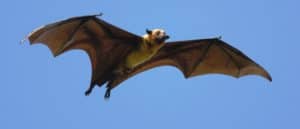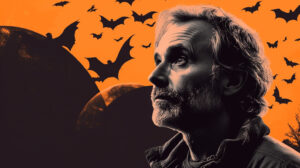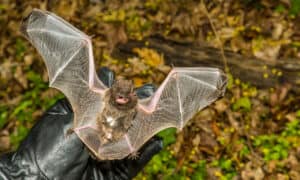At least 13 different bat species are known to live in Ohio. Some are common, others are quite rare. They roost everywhere from caves and trees to vacant buildings. Let’s take a look at the bats in Ohio and learn more about them.
Little Brown Bat (Myotis lucifugus)

Little Brown Bats have suffered great losses to White-nose Syndrome.
©Geoffrey Kuchera/Shutterstock.com
The Little Brown bat has a wingspan around 9.5 inches. They have fur that can range from golden to reddish to dark brown with lighter undersides. This species has a severely fragmented range through much of Canada and the United States. Little Brown bats roost in large colonies in caves and mines during colder months. They also sometimes take refuge in artificial structures, such as the attics of homes or other buildings, in vacant cabins, trees, and rock crevices. Little Brown bats are endangered, with a declining population due mainly to White-nose Syndrome, a fungal disease that kills hibernating bats.
Big Brown Bat (Eptesicus fuscus)

The big brown bat is abundant in suburban agricultural areas.
©Jay Ondreicka/Shutterstock.com
Big brown bats are relatively large with a wingspan of about 13 inches. They have reddish brown fur with lighter undersides and black wings. Their range extends from northern Canada and Alaska to northern South America. Big brown bats roost in colonies from just a handful of individuals up to about 700. They tend to prefer roosting in attics or other sheltered locations on houses or buildings, as well as in trees.
Eastern Red Bat (Lasiurus borealis)
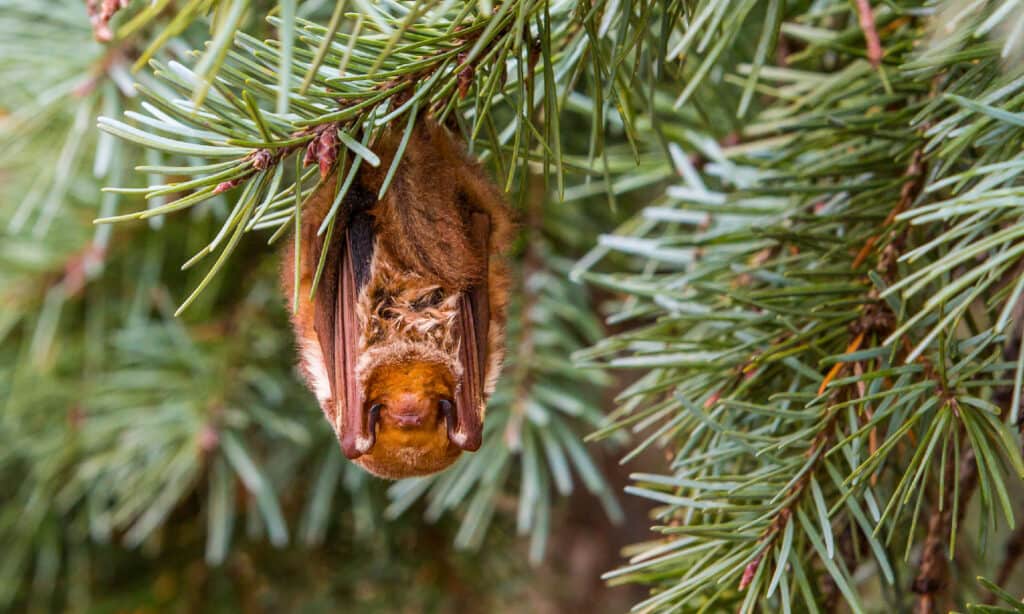
The eastern red bat has distinctive reddish fur with white patches on the shoulder.
©Elliotte Rusty Harold/Shutterstock.com
The eastern red bat has reddish fur with white patches on the shoulders. Females have lighter fur than males. They have a wingspan of approximately 13 inches. Eastern red bats dwell mainly in the eastern half of the United States, including Ohio. These bats roost mainly in forest trees. They maintain solitary lives, not typically roosting in colonies.
Hoary Bat (Lasiurus cinereus)
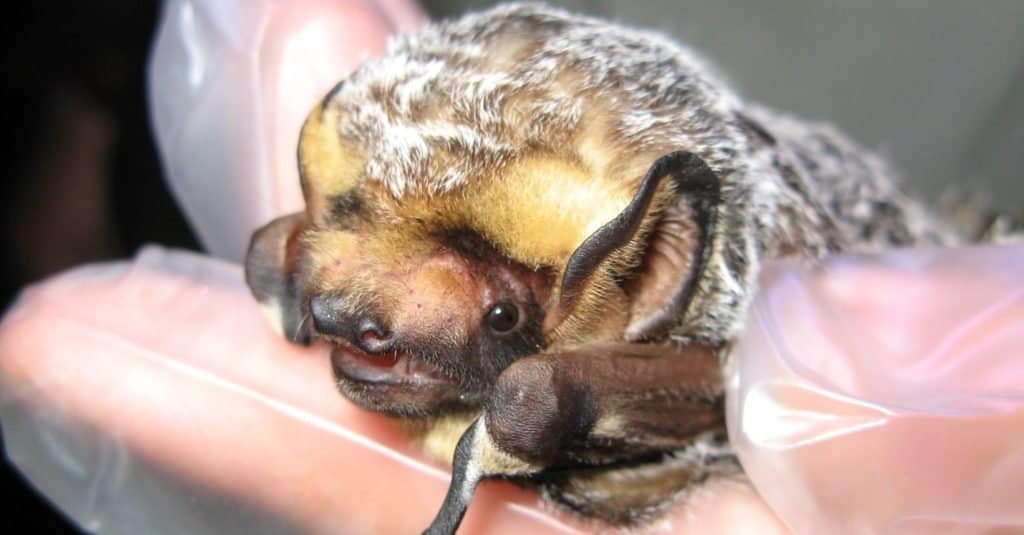
The hoary bat was named for its dark fur with white tips.
©Florida Fish and Wildlife / flickr – License
Hoary bats are the largest native Ohio bats. They have a wingspan of about 15.5 inches. They have dark brown fur with white tips, allowing them to easily blend with tree bark. The hoary bat is a solitary species, only forming groups to hunt and feed. They roost mostly in trees and come out late at night to hunt. Their range extends through much of North America, and they migrate into South America in the winter.
Tri-colored Bat (Perimyotis subflavus)
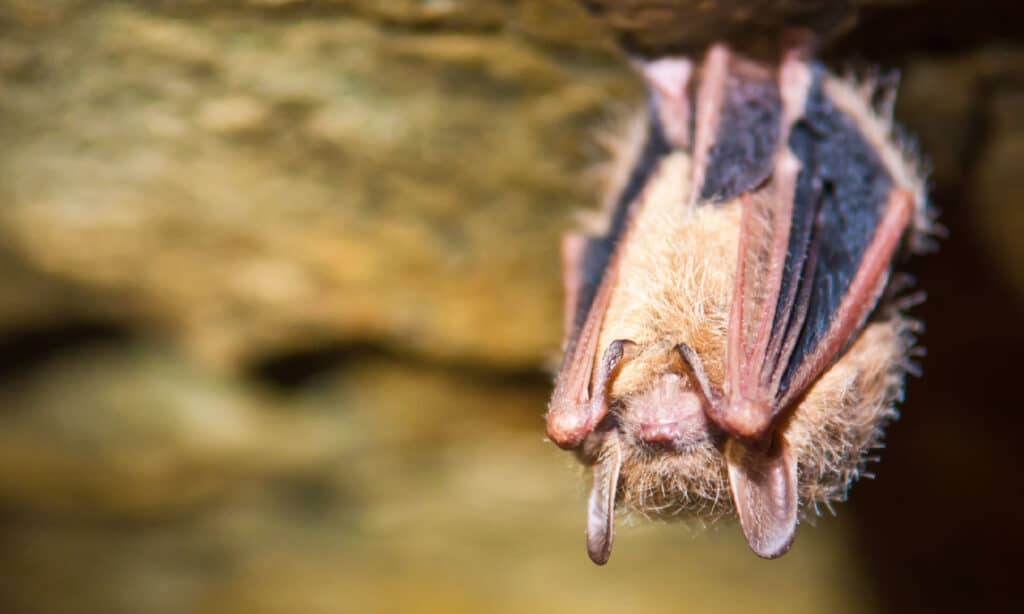
Tri-colored bats were formerly known as eastern pipistrelles.
©iStock.com/JasonOndreicka
The tri-colored bat, formerly known as the eastern pipistrelle, is the smallest species in Ohio. The IUCN Red List of Threatened Species lists this species as Vulnerable with a declining population, mainly due to White-nose Syndrome. Their range extends over most of the eastern United States and Mexico. Tri-colored bats have a wingspan of around 9 inches. They have fur that varies from gray at the roots to a buff color in the middle and dark reddish-brown near the tips. They have black wing membranes. This species forms only small maternal colonies, roosting mainly in tree cavities, while males remain solitary.
Eastern Small-footed bat (Myotis leibii)
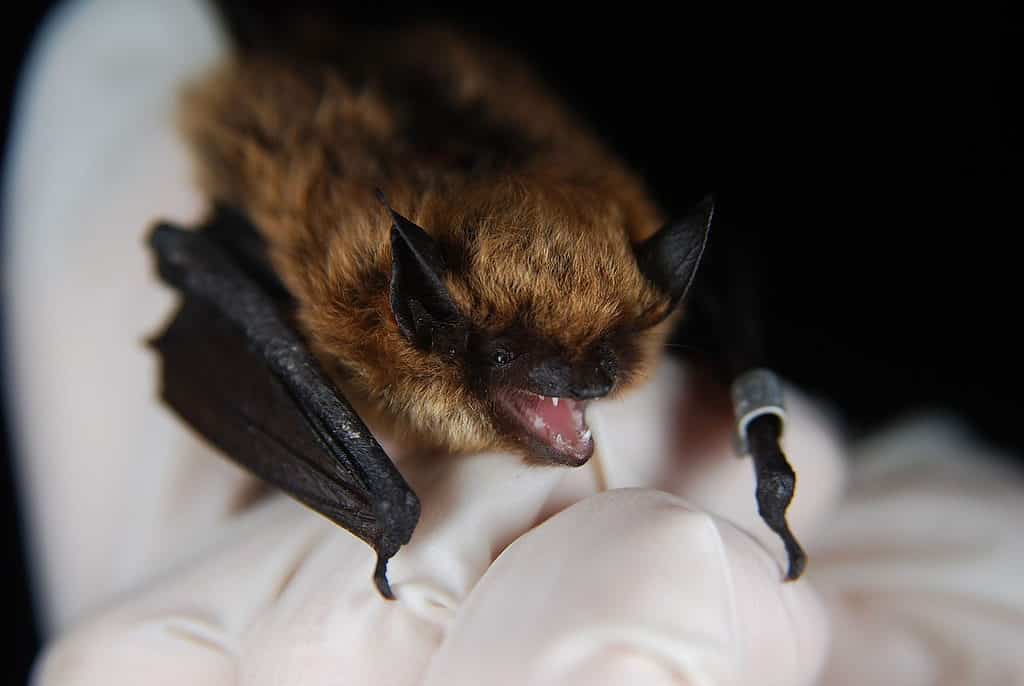
The eastern small-footed bat is an endangered species that roosts mainly in caves and mines.
©Paul Moosman / CC BY-SA 4.0, via Wikimedia Commons – License
The eastern small-footed bat is an endangered species with a declining population. It ranges from far eastern Oklahoma up through the Ozark and Appalachian regions all the way to Maine and the areas surrounding the eastern Great Lakes. It may be the rarest bat in Ohio. Eastern small-footed bats have a wingspan of 9 inches. They have deep brown fur with black accents on the ears and muzzle and black wing membranes. They often hibernate in caves or mines with colonies numbering up to 3,000. As with other cave-dwelling species, White-nose Syndrome poses a major threat to the eastern small-footed bat.
Silver-haired Bat (Lasionycteris noctivagans)

Silver-haired bats have black fur with white tips.
©Jay Ondreicka/Shutterstock.com
The silver-haired bat ranges from Alaska through southern Canada, most of the United States, and into northern Mexico. It roosts in cavities in dead trees and tends to stick to old-growth forests where it can choose from plenty of roosting sites. Silver-haired bats have a wingspan measuring about 11.5 inches. They have black fur with white tips, as well as black wing membranes and ears.
Indiana Bat (Myotis sodalis)
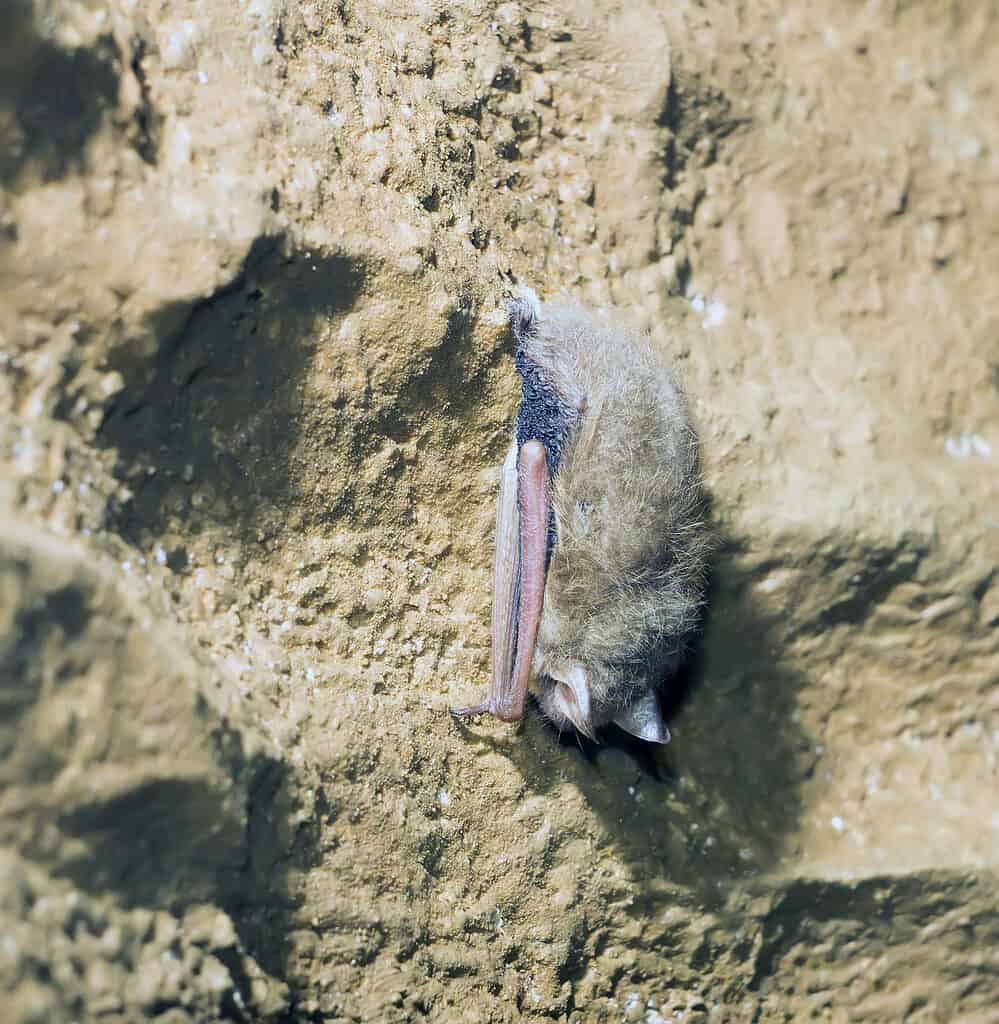
Indiana bats closely resemble little brown bats.
©IrinaK/Shutterstock.com
The Indiana bat ranges through the central plains and the Appalachian region of the United States. This species is near threatened with a stable population. Indiana bats have a wingspan of 10 inches. This species closely resembles the little brown bat, but it has individually tri-colored hairs and often a slightly pink tinge to its fur. Indiana bats in Ohio roost in large trees in the summer and in caves in the winter.
Evening Bat (Nycticeius humeralis)
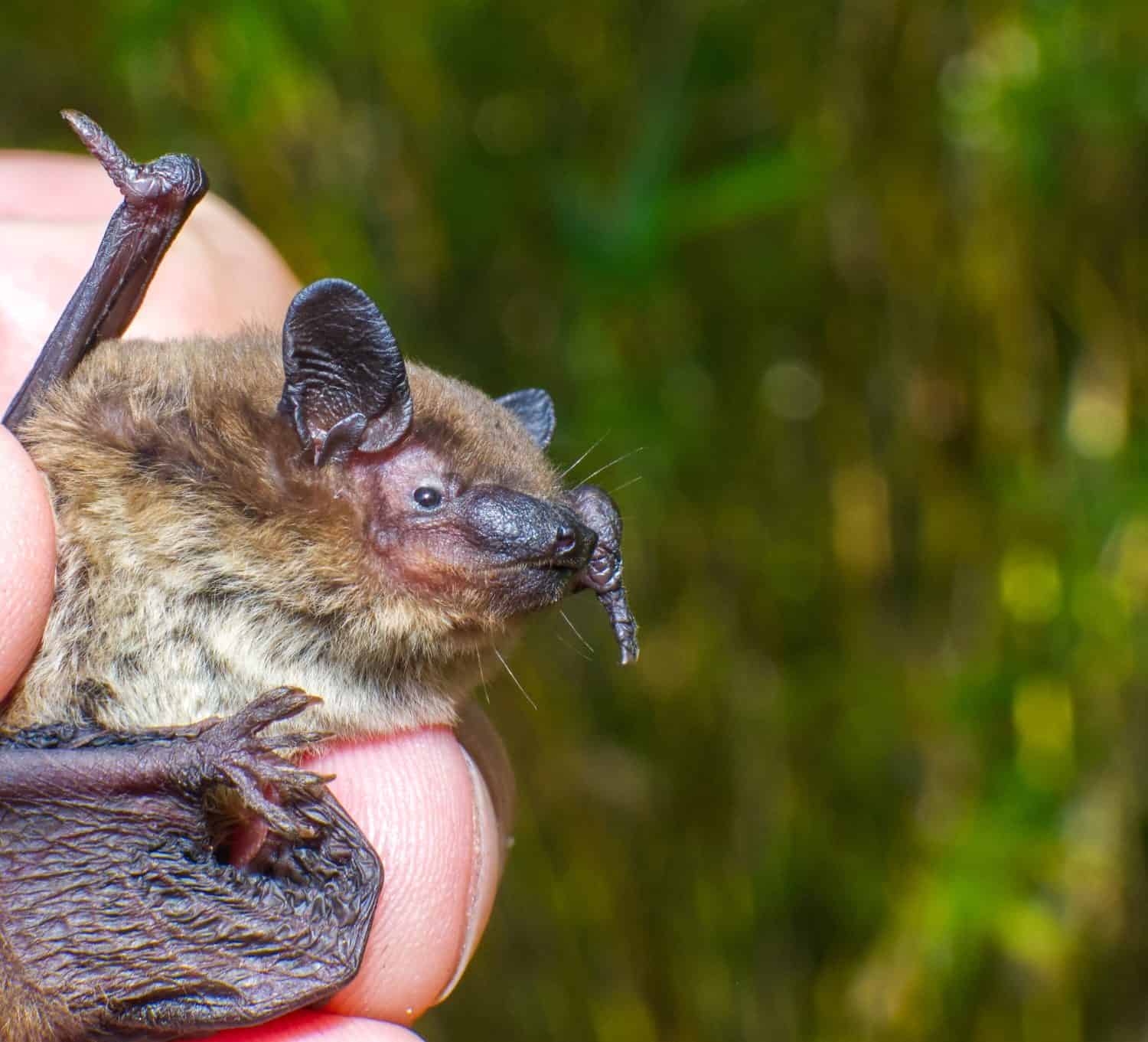
Evening bats look very similar to big brown bats.
©Chase D’animulls/Shutterstock.com
The evening bat ranges through the eastern half of the United States, mainly south of New York and the Great Lakes. This species has a wingspan that measures about 10.5 inches. The evening bat closely resembles the big brown bat but is a bit smaller. Evening bats roost mainly in trees or buildings in the summer and migrate south from Ohio in the winter.
Northern Myotis (Myotis septentrionalis)
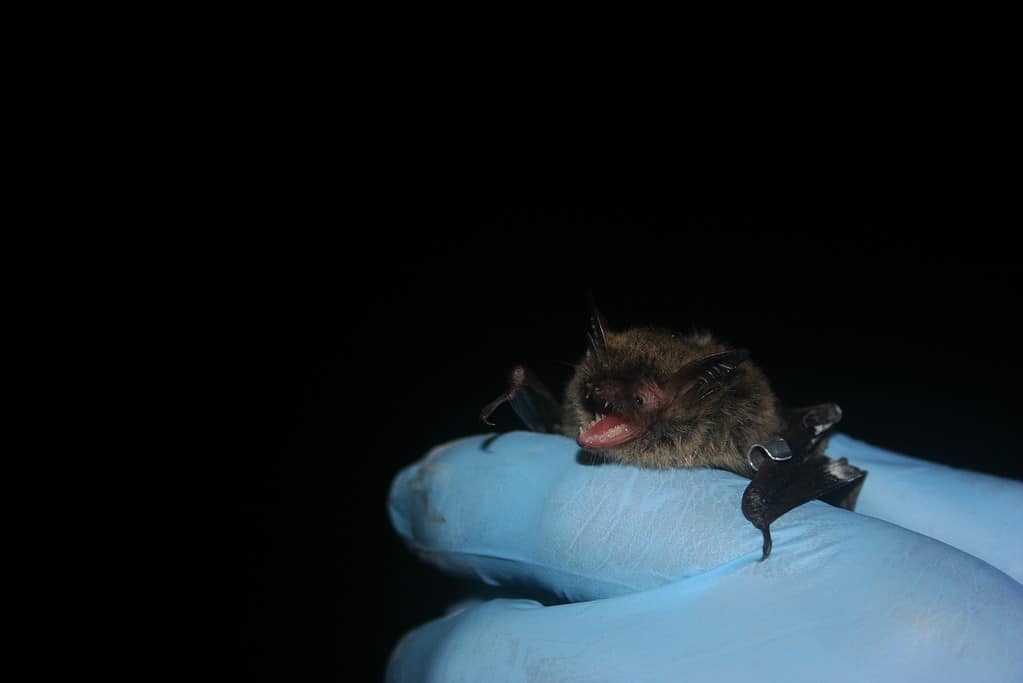
The northern myotis is a near-threatened species.
©U.S. Fish and Wildlife Service Northeast Region, Public domain, via Wikimedia Commons – License
The northern myotis, also known as the northern long-eared bat, ranges over most of the eastern United States and much of Canada. This bat is near-threatened with a declining population. The northern myotis has a wingspan of 9.5 inches. It resembles the little brown bat but has much longer ears. The northern myotis roosts in trees or buildings, changing locations frequently, and winter in caves.
Gray Bat (Myotis grisescens)
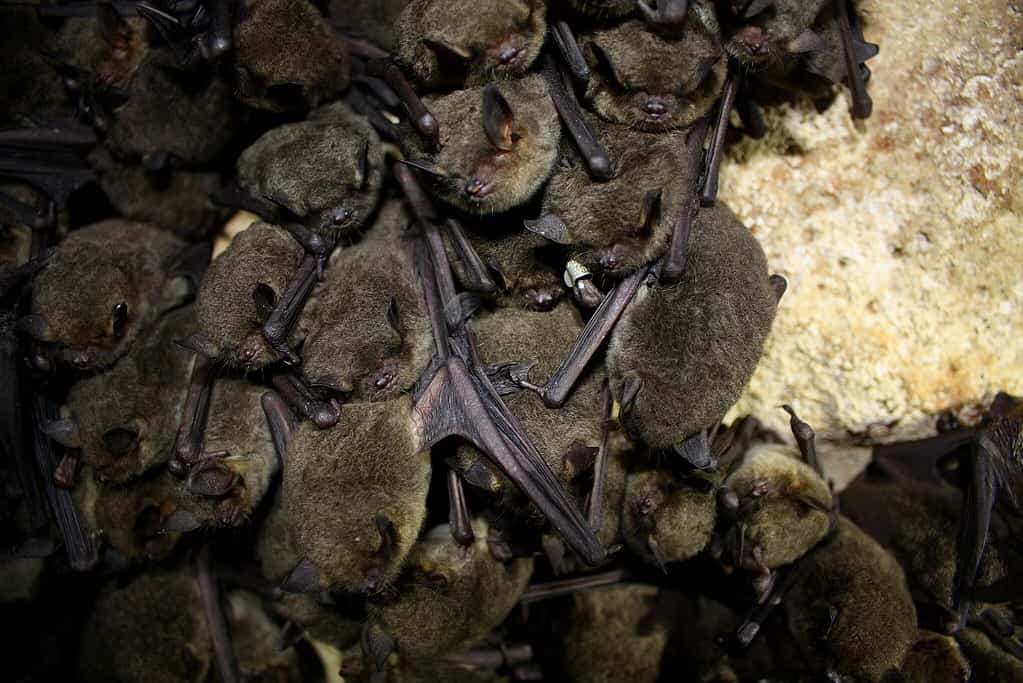
Gray bats migrate between caves in the summer and winter.
©Larisa Bishop-Boros / CC BY-SA 3.0 – License
The gray bat has a relatively small range in the east-central United States, including the southern portion of Ohio. The IUCN Red List categorizes this species as Vulnerable with nearly 95 percent of its population wintering in just nine caves. The gray bat has gray to brown fur with a wingspan of 10 inches.
Rafinesque’s Big-eared bat (Corynorhinus rafinesquii)
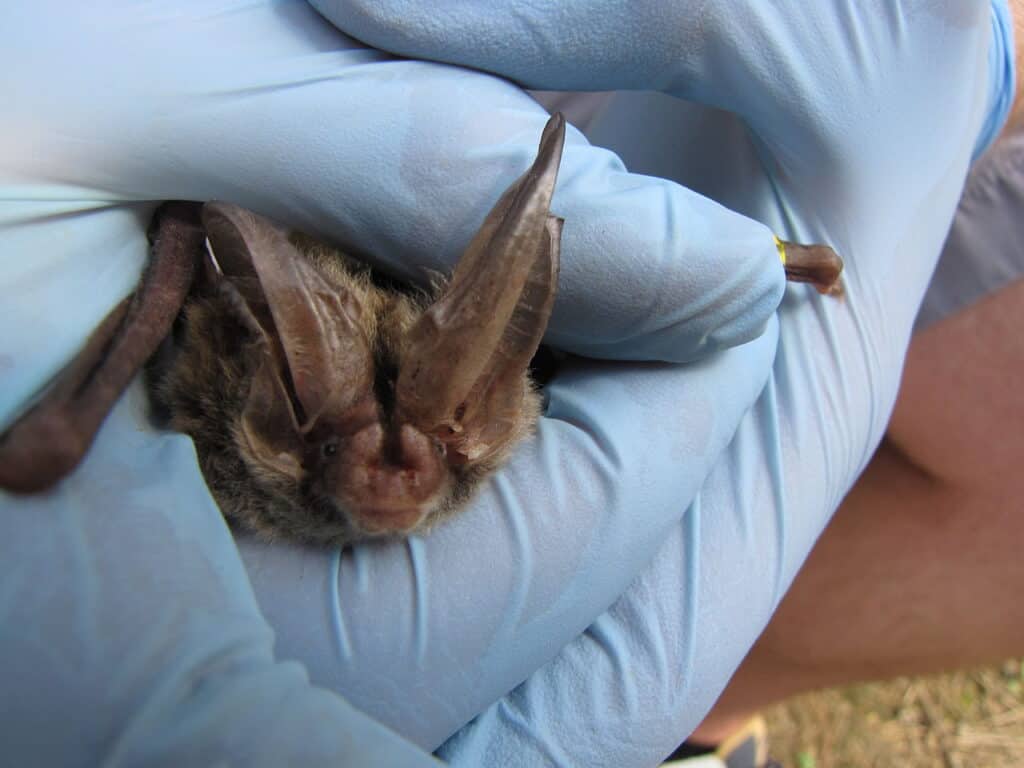
Rafinesque’s big-eared bat has long ears and a lumpy nose.
©CSJordan / CC BY 3.0 – License
Refinesque’s big-eared bat ranges through the southeastern United States, including the southern half of Ohio. It has extraordinarily long ears and large, fleshy lumps on its nose. This species has a wingspan of 11 inches. They roost in trees and buildings throughout the year.
Mexican Free-tailed Bat (Tadarida brasiliensis)
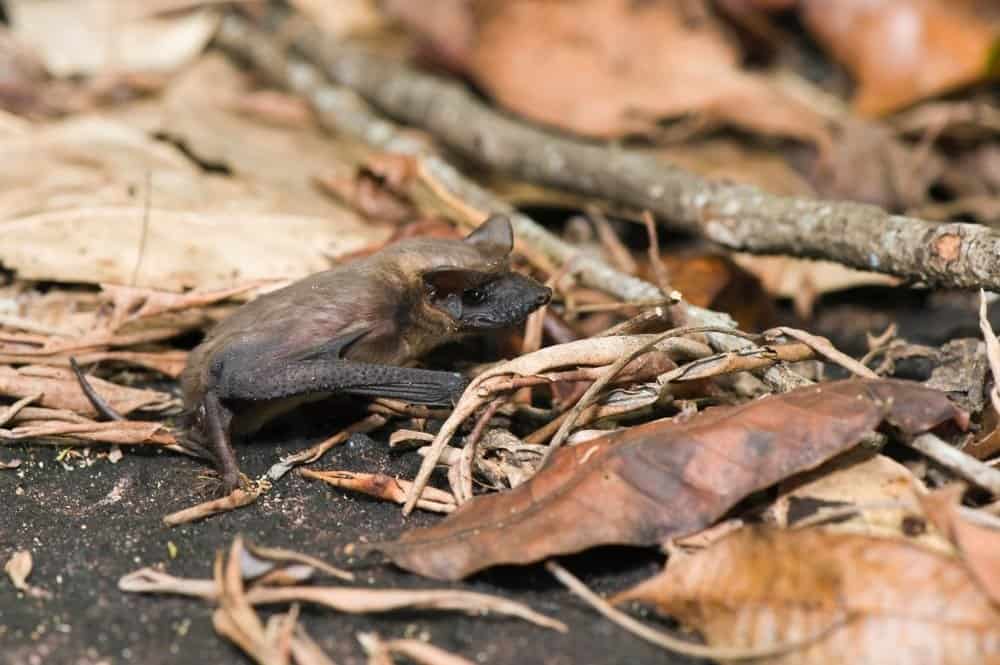
Mexican free-tailed bats often form huge colonies.
©GTW/Shutterstock.com
Most Mexican free-tailed bats range from the southern United States to South America, but a population does exist in southwest Ohio into Indiana. Mexican free-tailed bats are dark brown to grey with a wingspan of 13 inches. They form colonies numbering up to 20 million in caves in warm climates.
Primary Risk Associated with Bats
Although bats are extremely beneficial to humans, eating massive amounts of disease-spreading insects, they can also pose health risks of their own. The main risk associated with bats is rabies. Bats are the primary cause of rabies infection in humans in the United States. However, according to the CDC, only about 1 to 2 people in the United States have been infected with rabies each year since 1960. Though the risk is low, refrain from handling bats and seek treatment immediately if scratched or bitten.
The photo featured at the top of this post is © Rudmer Zwerver/Shutterstock.com
Thank you for reading! Have some feedback for us? Contact the AZ Animals editorial team.




